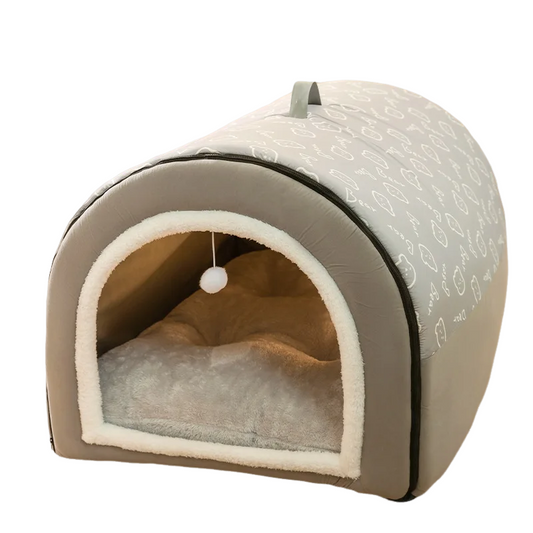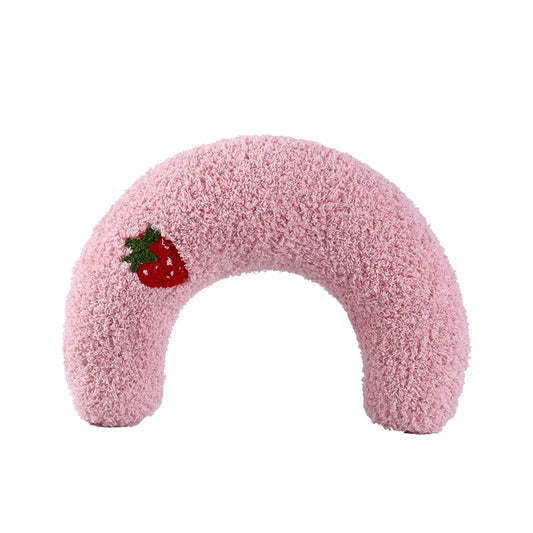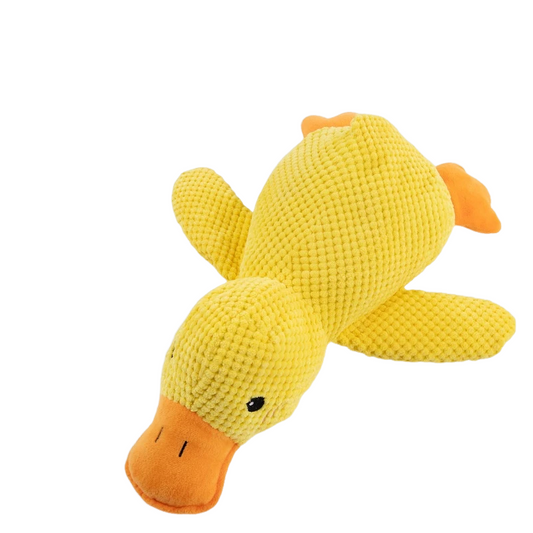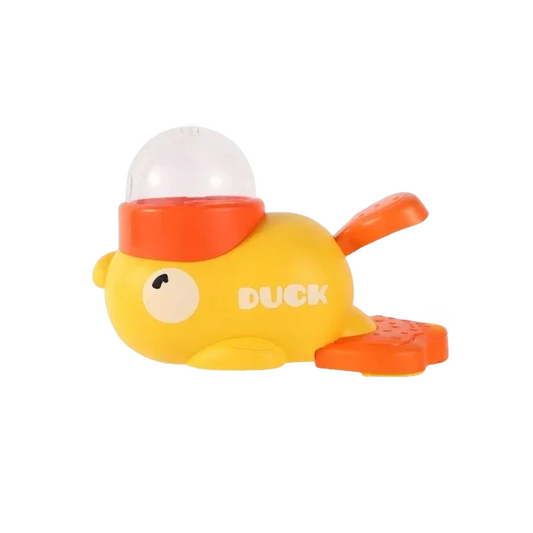
How to Choose the Right Dog Food: A Comprehensive Guide for Pet Owners
Share
Introduction
Selecting the right dog food is one of the most important decisions a dog owner can make for their pet’s health and well-being. With the vast range of dog food options available, it’s easy to feel overwhelmed. Understanding what to look for and making an informed decision can ensure your dog gets the right nutrition based on their unique needs. This guide will provide professional advice on how to choose the best dog food, covering key factors like nutritional requirements, ingredient quality, and specific needs for different life stages.
1. Understanding Your Dog’s Nutritional Needs
Every dog has different nutritional needs based on factors such as age, breed, size, and activity level. To start, it’s essential to understand the core components of dog nutrition:
- Proteins: Dogs are omnivores, but protein is the most crucial part of their diet. Look for high-quality animal-based proteins such as chicken, lamb, beef, or fish. Protein helps maintain muscles, tissues, and the immune system.
- Fats: Healthy fats provide essential fatty acids (such as Omega-3 and Omega-6) that support skin health, coat shine, and overall well-being. Fats are also a key energy source for dogs, so ensure the food includes fish oil or chicken fat.
- Carbohydrates: While not essential for all dogs, carbohydrates provide a source of energy and fiber for digestive health. Opt for whole grains such as brown rice or oats, and avoid excessive fillers like corn and soy.
- Vitamins and Minerals: Dogs need a balanced intake of vitamins and minerals to support bone health, immune function, and overall vitality. Ensure the food contains vital nutrients like calcium, phosphorus, zinc, and vitamins A, D, and E.
- Fiber: Fiber aids in digestion and can help prevent constipation. Foods that include ingredients like sweet potatoes, peas, or brown rice offer healthy fiber.
2. Key Considerations for Choosing Dog Food
When navigating the various options on the market, these considerations can help you make the best choice:
2.1 Life Stage-Specific Formulas
Dogs have different nutritional needs depending on their life stage:
- Puppies: Puppies need more calories, protein, and fat to support growth and development. Look for a formula that mentions “puppy” or “growth” on the label. DHA (an Omega-3 fatty acid) is particularly important for brain development.
- Adult Dogs: Adult dogs require balanced nutrition to maintain their energy and health. Look for foods labeled for “maintenance” or “adult” that meet AAFCO (Association of American Feed Control Officials) standards.
- Senior Dogs: As dogs age, their metabolism slows down, and their nutritional needs change. Senior dog foods should include lower calories to prevent weight gain, glucosamine and chondroitin for joint support, and higher fiber for digestion.
2.2 Breed and Size Considerations
- Small Breeds: Small breeds have faster metabolisms and may require higher-calorie foods that come in smaller kibble sizes, making it easier for them to chew.
- Large Breeds: Large breeds are prone to joint problems, so their food should contain joint-supporting ingredients like glucosamine and chondroitin. Be mindful of calorie content, as large breeds are more susceptible to obesity.
- Breed-Specific Formulas: Some brands offer breed-specific dog foods tailored to the unique health concerns and size of specific breeds, such as foods designed for Bulldogs, Golden Retrievers, or Dachshunds.
2.3 Special Dietary Needs
- Weight Management: If your dog is overweight, consider a low-calorie, high-fiber food that supports weight loss while still providing essential nutrients. Look for “light” or “weight control” formulas.
- Food Allergies or Sensitivities: Dogs with food allergies may need limited-ingredient diets or hypoallergenic formulas. Common allergens include beef, dairy, wheat, and soy. If your dog shows signs of allergies, consult a veterinarian and consider foods that avoid these ingredients.
- Grain-Free vs. Grain-Inclusive: Grain-free diets have gained popularity, but they are not necessary for all dogs. If your dog has grain sensitivities, grain-free food can be a good option. However, for most dogs, whole grains like brown rice and oats provide beneficial fiber and nutrients.
- Special Health Conditions: Some dogs have specific health issues such as kidney disease, heart disease, or joint problems. Specialized prescription diets may be necessary, and it’s best to consult a vet for these situations.
3. Reading Dog Food Labels: What to Look For
Understanding how to read a dog food label is essential for making an informed choice:
3.1 Ingredients List
Ingredients are listed in descending order by weight. Look for real, whole ingredients rather than fillers or by-products.
- High-Quality Proteins: The first ingredient should be a named meat (e.g., chicken, beef, lamb). Avoid generic terms like “meat” or “meat meal.”
- No Artificial Additives: Avoid foods with artificial preservatives, colors, or flavors, such as BHA, BHT, and ethoxyquin. These can be harmful in the long run.
- Avoid Fillers: Stay away from foods with high levels of corn, soy, or wheat gluten, which add little nutritional value and may cause digestive issues in some dogs.
3.2 Guaranteed Analysis
The guaranteed analysis shows the percentage of crude protein, fat, fiber, and moisture. Look for:
- Protein: At least 18-30% crude protein for adult dogs, and 22-32% for puppies.
- Fat: Around 8-15% crude fat for adult dogs, and higher for puppies.
- Fiber: Ideally between 3-6% for adult dogs for proper digestion.
3.3 AAFCO Certification
Choose dog foods that meet the nutritional guidelines set by the AAFCO. This certification ensures the food provides a balanced and complete diet for the specified life stage.
4. Wet vs. Dry Dog Food: Which is Best?
Many pet owners wonder whether wet or dry food is better for their dog. Both have their benefits:
- Dry Food (Kibble): Convenient, cost-effective, and beneficial for dental health as it helps clean teeth. Look for high-quality kibble that contains whole ingredients and essential nutrients.
- Wet Food (Canned): Contains more moisture, which can be helpful for dogs that don’t drink enough water or those with urinary issues. Wet food is also more palatable for picky eaters. However, it tends to be more expensive and doesn’t offer the same dental benefits as kibble.
A mix of both wet and dry food can often be a good option, offering the benefits of both types while providing variety in your dog’s diet.
5. Common Dog Food Myths
- Myth 1: Grain-Free is Always Better: Grain-free diets are not necessary for all dogs. Grains like brown rice and barley are healthy sources of fiber and energy for many dogs. Consult your vet if you’re unsure.
- Myth 2: By-Products Are Bad: Not all by-products are harmful. For example, organ meats like liver can be highly nutritious for dogs. It’s important to distinguish between high-quality by-products and low-quality fillers.
- Myth 3: Raw Diets Are Best: Raw diets are gaining popularity, but they come with risks such as bacterial contamination and nutrient imbalances. If you’re considering a raw diet, it’s essential to consult with a veterinarian to ensure it’s appropriate for your dog.
Conclusion: Making the Best Choice for Your Dog
Choosing the right dog food is crucial for ensuring your dog’s long-term health and happiness. By understanding your dog’s nutritional needs, reading labels carefully, and considering any specific dietary requirements, you can make an informed decision that supports their overall well-being.
Always consult with your veterinarian before making significant changes to your dog’s diet, especially if they have special health concerns or dietary restrictions. With the right food, you’ll not only support your dog’s health but also enhance their quality of life for years to come.
Key Takeaways
- Focus on high-quality proteins, healthy fats, and whole ingredients.
- Choose food based on your dog’s life stage, size, breed, and any specific health needs.
- Ensure the food is AAFCO-certified for balanced nutrition.
- Consult your vet for guidance, especially if your dog has special dietary needs.
By following these guidelines, you'll be able to select the best dog food for your beloved pet, ensuring they live a happy, healthy, and active life.










